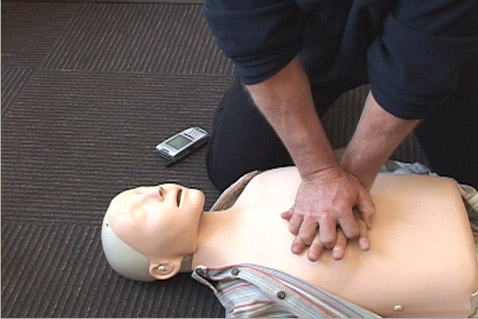Written by Sean Percival
The human tendency to act in a way that is detrimental to health has always been a part of society. Whether wearing a cape jumping off the roof to test your flight abilities when you’re six, or dancing on a wire dozens of stories off the ground when you’re thirty, we manage to put ourselves in harms way for the sake of fame, fortune, self-discovery, or exploration. Regardless of motivation, people have and will continue to act in this way, and we can only hope the incidents are observed and recorded. Here are 19 of the most daring and extreme human feats ever completed.
The Skydive from Hell (or The Heavens)

(Source)
Joseph Kittinger is a man’s man. He served 3 tours in Vietnam, flew 483 missions, and spent 11 months in a North Vietnamese prison camp. He is most notably remembered for his incredible series of high altitude balloon jumps, the last of which still holds the world record today for highest balloon ascent, highest parachute jump, and fastest speed by a human being through the atmosphere (614 mph). He is the only human to have ever broken the sound barrier without use of any mechanical equipment. Later attempts to break his record for highest ascent in a balloon led to the death of the occupants. Oh, and he did all this before enduring rope torture in the Hanoi Hilton during the Vietnam war.
The World Trade Center Tightrope Dance

(Source)
Philipe Petit didn’t realize that going to the dentist in 1968 would change his life. But, after seeing an article about the construction of the new World Trade Center towers in New York City, Petit became obsessed. After spending six years planning and researching, Petit decided the time was right to string a 140 foot steel cable between the “Twin Towers” (1,368 feet of the ground mind you) and step off the ledge. He spent 45 minutes on the wire, crossing between the towers 8 times. The police were dispatched to arrest him as soon as they realized what was going on, but Petit continued to enjoy himself on his wire until the threat of a helicopter plucking him off the wire (and rain) helped him end his tightrope dance. He was taken into custody and the incident is still referred to as the “artistic crime of the century”.
The Land Speed Record

(Source)
Speed has been an obsession of many, few greater the Andy Green. He currently holds the land speed record at 766 mph. These trials are held typically held at salt flats because of their smooth surface, but even one pebble out of place could easily turn the speeding rocket into a speeding ball of flame.
The Air Speed Record

(Source)
4,534 mph. That’s just about the distance between London and Beijing, or between Seattle and Tokyo. And, it’s also the current airspeed record, set by Pete Knight. At that rate, you could fly from the earth to the moon in 52 hours. That’s less time than it took Apollo 11 to reach the moon, and without the benefit of space’s vacuum. Andy Green could have circled the world in less than 5 and a 1/2 hours at that rate.
Motorcycle Jump
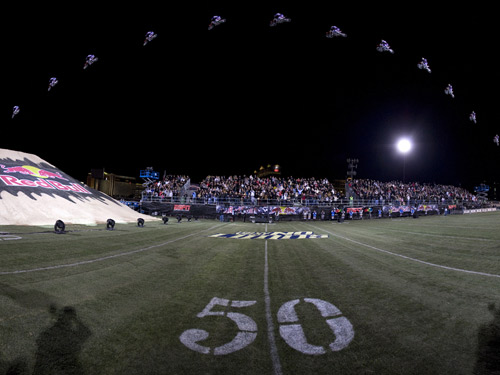
(Source)
Robbie Maddison has lived his life on the edge, typically of a motorcycle seat. He continues to push the boundaries of what’s possible, most recently setting a new record for longest motorcycle jump with 346 feet. That may not seem like much, but think of this – Evil Knievel’s longest jump was 151 feet.
The “Human Jet”

(Source)
Yves Rossy decided one day to cross the English Channel. But, he didn’t want to span the 22 miles by swimming, driving, or running. He wanted to fly, which sounds completely normal. Unless you’re jumping out of a plane at 8,800 feet and praying the jet pack on your back ignites and carries you those 22 miles. Fortunately, Yves knows what he’s doing, and made the crossing in under 10 minutes, reaching a speed of 125 mph.
The Constant Swimmer
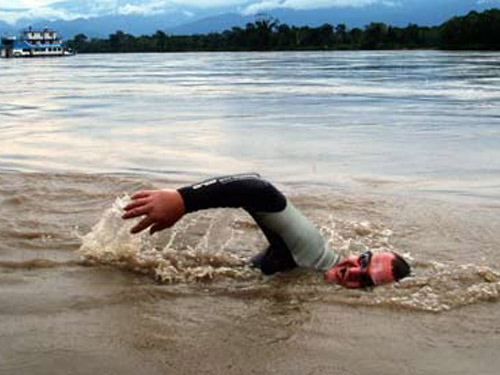
(Source)
Some people worry constantly, others garden. Martin Strel swims. He swam for 84 hours and 10 minutes straight up the Danube river without a break. Just to secure his place in the swimming hall of fame, he also swam the Mississippi River (although not constantly), covering the 2,360 miles in 68 days. Michael Phelps may hold more gold records, but he doesn’t have to worry about leeches in his pool.
The Everest Summit (Sans Oxygen)

(Source)
When Sir Edmond Hillary first summited Mt. Everest in 1953, he was praised by the Queen, earned international accord, and became a hero to many. Less well-known is the ascent that followed in 1978 by Reinhold Messner where he completed the climb – solo for the last 3 days – without any supplemental oxygen. With air one third the density as at sea level, breathing is near impossible at 29,000 feet. Combine that with the fact that Messner climbed almost 8,000 vertical feet alone, and you have a man that was a thrill seeker without compare.
The Largest/Longest/Craziest BASE jump
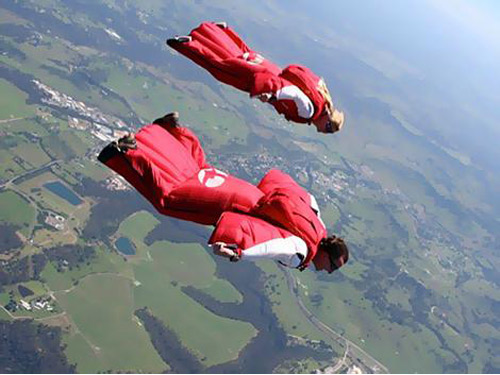
(Source)
At a height of 21,666 feet, Glenn Singleman and Heather Swan took the leap – off of Meru Peak and into the record books. They free fell for over two minutes and landed on a glacier, breaking all previous held records for base jumping height and distance. What makes this jump so crazy? That they had to mountaineer their way up the almost 22,000 foot mountain (a formidable task for any expeirenced climber) before jumping.
Bungee Jumping

(Source)
Bungee jumping, like BASE jumping, is a sport of extremes. Extreme people, extreme danger, and extreme head rushes. The most dangerous and largest recorded bungee jump currently belongs to David Barlia, who bungeed out of a helicopter and fell for almost 6,000 feet. Thankfully the helicopter was hovering at 10,000 feet, so Dave successfully ended the experience with a adrenaline rush, a record, and a knack for the insane.
Chinese Water Torture

(Source)
It’s debatable that Harry Houdini is the greatest magician to ever live. He performed many feats of that fans still find dangerous and unbelievable today. One thing is certain though, he is one of the greatest daredevils to ever live. Many of his feats forced him into a serious and life threatening time constraint, whether he had to hold his breath underwater or be buried alive. Because of the danger involved, movies have depicted him drowning in his escape from the Chinese Water Torture routine, although this was not the case.
Buried Alive

(Source)
While Houdini did perform escapes while buried alive, he doesn’t hold a candle to Geoff Smith. Geoff spent 150 days buried 6 feet under, beating the European record of 101 days previously held by his mother. I guess claustrophobia (or lack thereof) runs in the family, because Geoff successfully stayed in a 7 foot “coffin” for 150 straight days.
Free Diving

(Source)
Patrick Musimu must have lungs of steel. Why? Because with only one breath of air he dove to a depth of 687 feet. That’s 298 pounds per square inch of pressure on his body, and about 20 atmosphere’s worth of pressure compressing his lungs and body. He currently holds the free diving record by over 120 feet.
The Ice Man

(Source)
If Patrick has lungs of steel, Wim Hof has insulated skin. Wim sat in a tub of ice, up to his neck, for 1 hour and 31 minutes. He holds nine ice related world records, and claims he can control his body temperature using the Tantric practice of Tummo. Wim also recently climbed to the top of Mount Kilimanjaro, in his shorts, within 2 days. It took him only another 2 days to climb down. He also attempted (and failed) to climb Mt. Everest in nothing but shorts.
Niagara Falls by Barrel

(Source)
People have actually done that?! Yes, yes they have. I thought it was a joke -Not to Annie Taylor it wasn’t. In 1901 Annie Tayler was the first person to go over Niagara Falls in a barrel and survive. She expected fame and fortune, but as it turned out, no one at the time really cared. Sadly, she ended up dying in poverty. Although she made the journey with little injury and few accolades, Annie will still go down as the first person to ride the barrel at Niagara.
The Ultimate Belly Flop

(Source)
Some people believe in putting their best foot forward, Darren Taylor puts his gut forward. And, with good reason when you’re plunging over 35 feet into just 1 foot of water. Darren’s special skill (if you want to call it that) of belly flopping into minimal water has earned him local and national exposure in Great Britain, as well as a very very red stomach.
Just Keep Swimming

(Source)
Nuno Gomes just loves SCUBA diving. In fact, he loves it so much that he does it for 12 hours at a time. And only 14 minutes of that is the descent. Nuno dove to a depth of 1,044 feet in the Red Sea, then took about 12 hours to ascend to the surface. I guess avoiding the bends is a necessity, but I hope he brought something to do for his slow rise to the surface.
Leap of Faith

(Source)
Stig Gunther is one heck of a stunt man. He’s been in almost 100 films doing dangerous and breath-taking stunts, but his most ambitious and most dangerous came in 1999 when he lept 343 feet onto an airbag below. Remember “The Blob” from “Heavyweights”? Imagine if this guy were launching you…
Pyro Boy

(Source)
This self proclaimed “human firework” makes a living lighting himself on fire for crowds. Wally Glenn, Pyro Boy himself, has made hundreds of appearances at festivals and fairs nationwide, promoting not only himself, but fire safety. Probably a good thing, the last thing he needs is children lighting themselves on fire in his name.













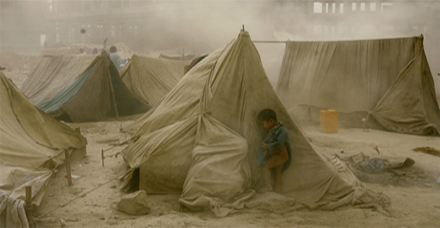
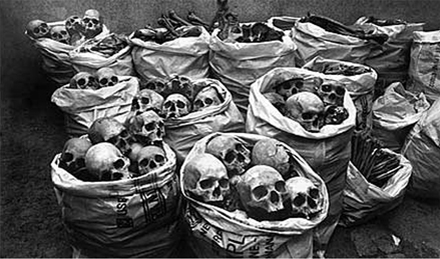
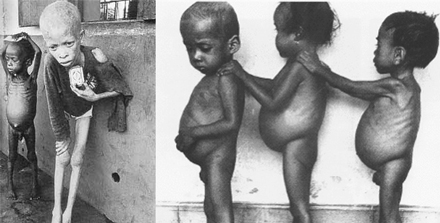
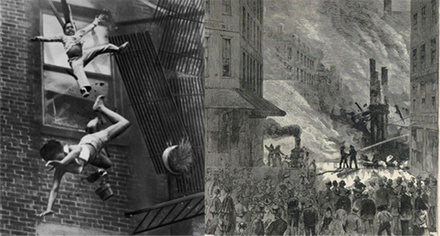
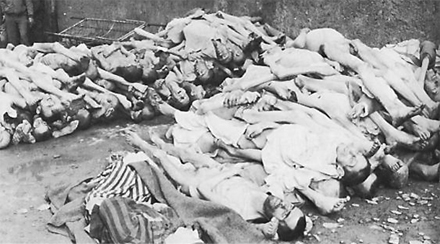
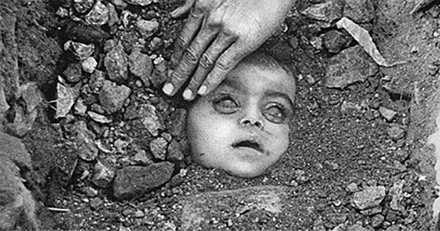
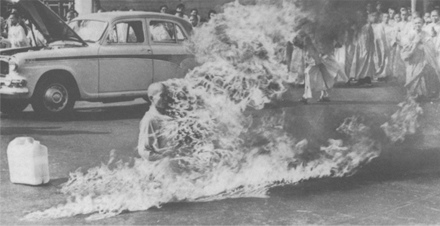
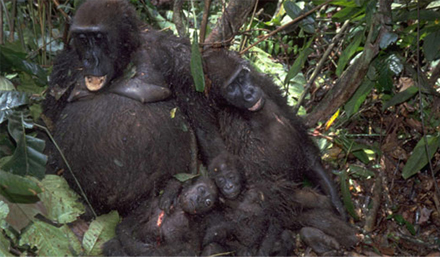
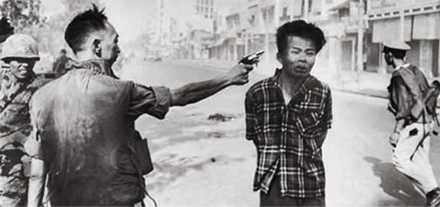

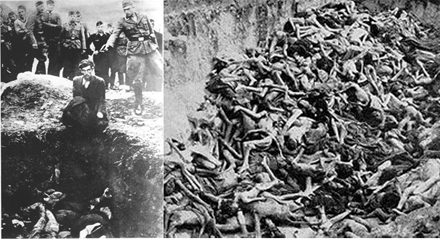
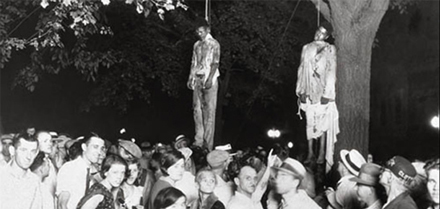

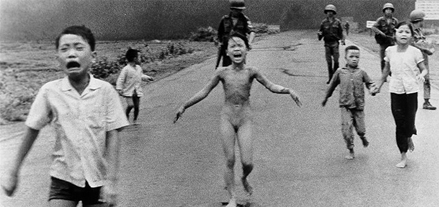

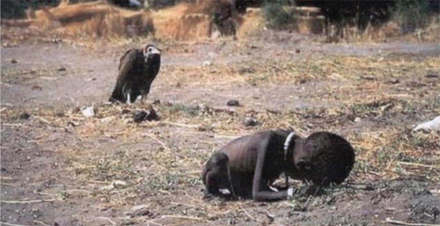

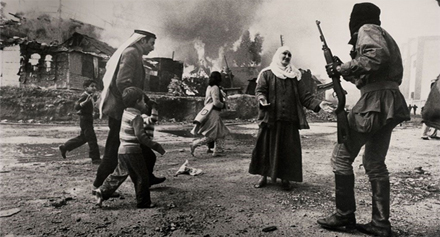
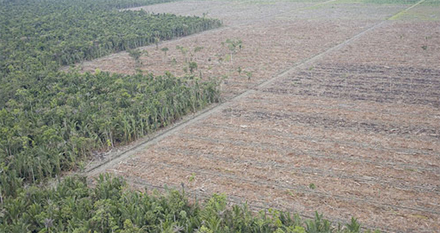
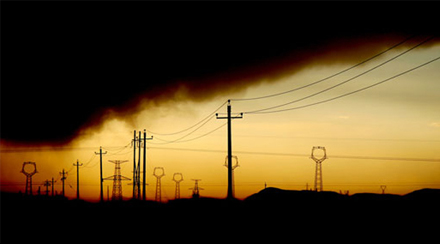
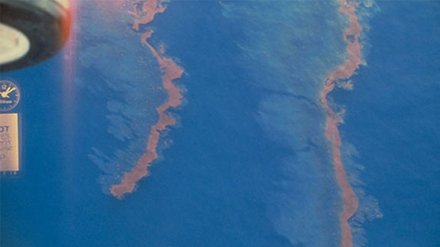
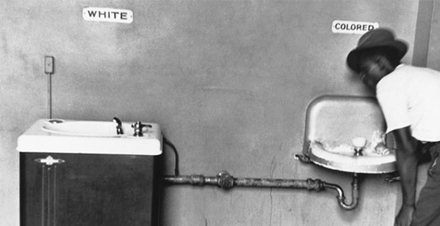
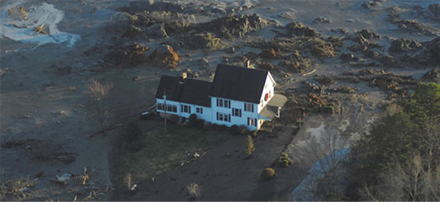

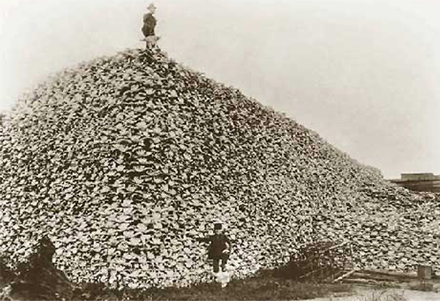
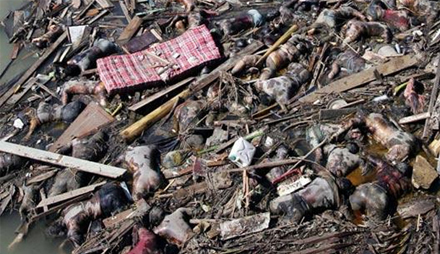
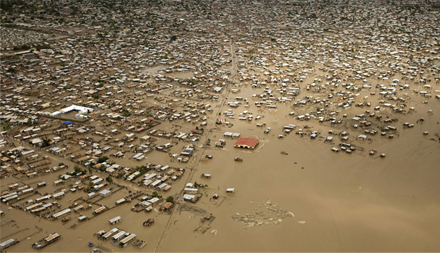



 What can’t iPhone applications do? There are apps for almost
What can’t iPhone applications do? There are apps for almost 
